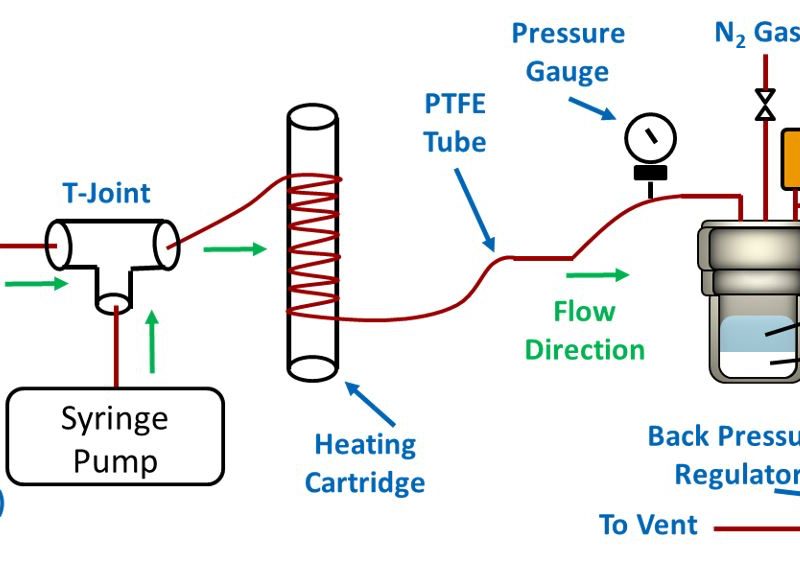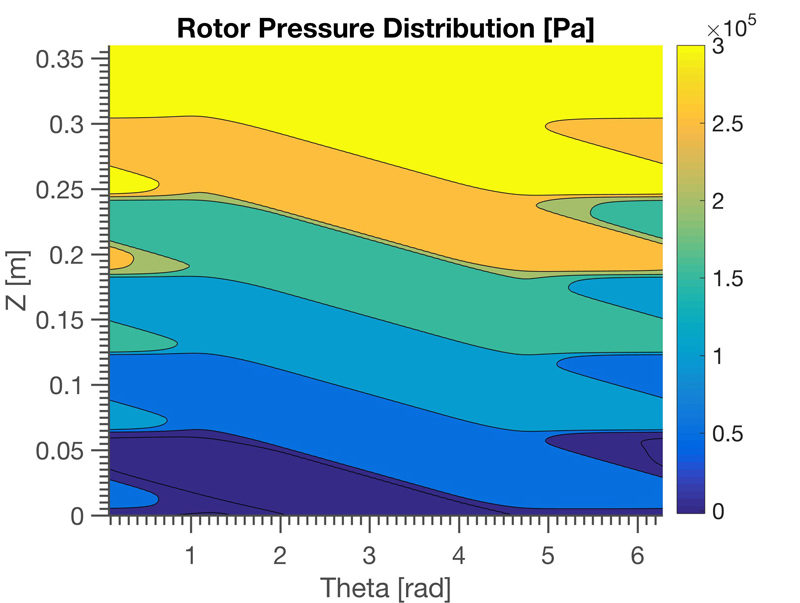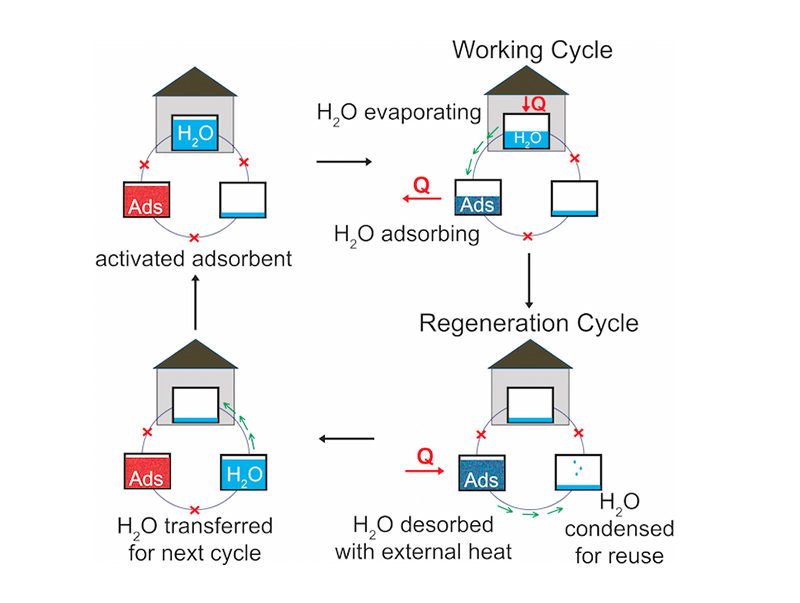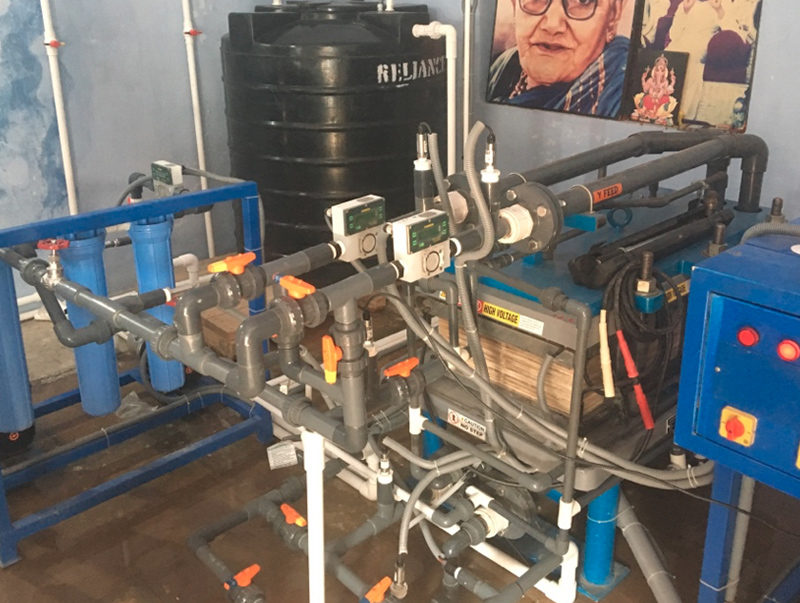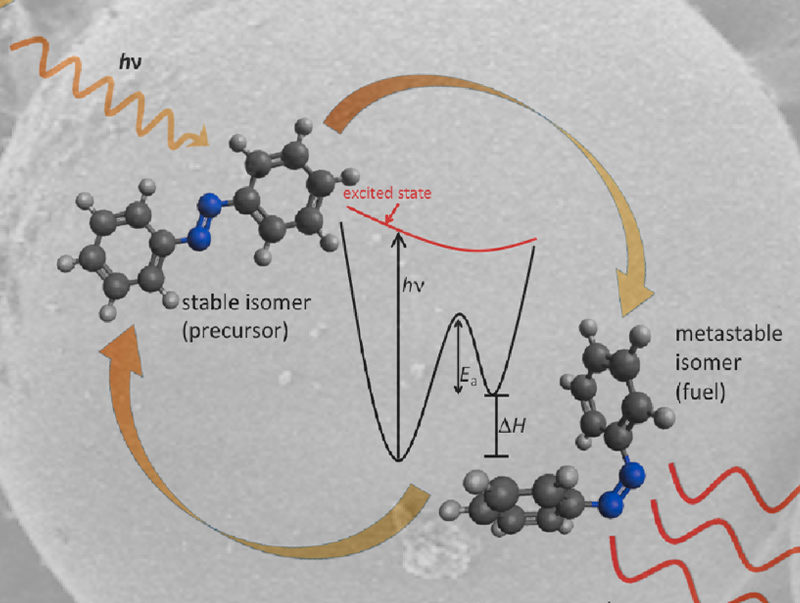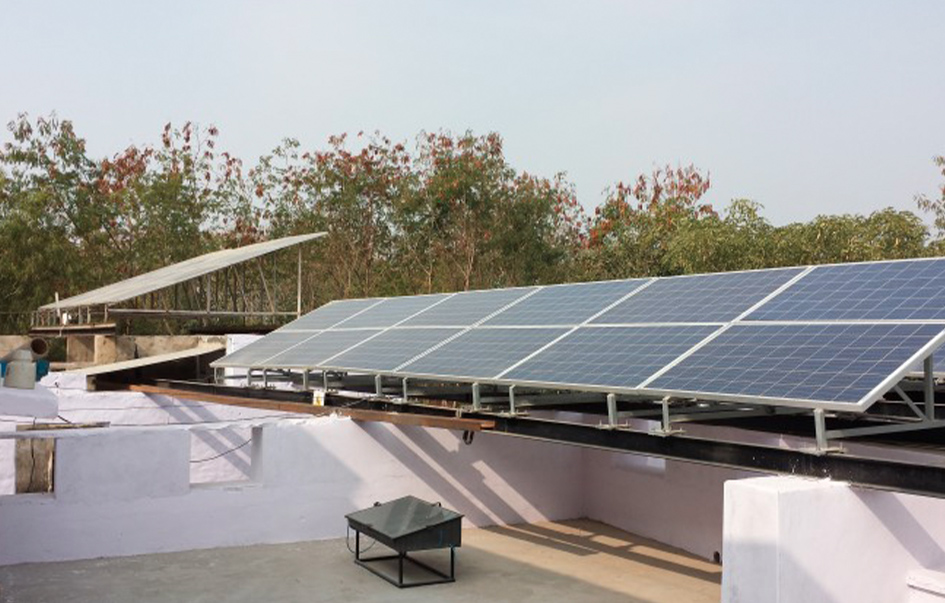
PROJECT DETAILS
- Focus Area Energy
- Faculty Robert Stoner, Ignacio Pérez-Arriaga
- Fellow Grégoire Jacquot, Matthew Brusnahan, Olamide Oladeji
- Fellow Lama Sara Aoudi, Cailinn Drouin, Stephen Lee, Roxanne Rahnama
- Past Fellow Eric Protzer
- Mentor Reja Amatya, Claudio Vergara
Hundreds of millions of Indian citizens live without adequate access to electricity despite continued efforts to provide it. While national and state mandates currently focus on grid extension, many experts believe off-grid technologies hold great promise for India’s electrification efforts. Such technologies, including microgrids and isolated systems, may be economically viable in areas where it is prohibitively expensive to expand grid access. Stakeholders interested in promoting energy access require better information to identify the most cost-effective ways to expand access and better tools to assess it. We are developing a computational model known as the Reference Electrification Model (REM), which is focused on providing this type of information and helping to plan electricity networks in India, Colombia, Kenya, Rwanda, Uganda, and other developing countries.
REM uses information about areas with poor electricity access to determine the best electrification modes (e.g., grid-connected, microgrid, or isolated system) for each household or other load centers, estimates costs of electrification, and produces preliminary engineering designs of recommended systems. For large regions, REM uses national data sets, such as the Census of India, the National Sample Survey, and satellite imagery to estimate the location and profile of latent electricity demand in order to produce cost estimates and indicative system designs to inform electrification planning. For smaller regions or single systems, REM can use more accurate demand information to produce high-quality system designs to directly support project implementation.
These plans can be used by government planners and off-grid electricity system entrepreneurs to make better decisions about how to plan and implement electrification efforts. As REM matures, we hope to apply the tool with consideration of relevant social factors in order to promote improved electrification planning efforts in India and other developing countries.
Current research directions include:
• Applying deep learning-based approaches for building footprint extraction from satellite imagery.
• Developing Bayesian models for estimating the electrification status of buildings.
• Exploring decision-theoretic approaches to infrastructure and information planning in resource-constrained settings.
• Ensuring the economic burdens imposed by geospatial constraints are accurately reflected in overall system costs.
• Reviewing full network impacts and costs associated with providing consumer connections at downstream levels.
• Performance improvements, comparative analysis, and development of consumer clustering algorithms for least-cost electrification mode recommendation.
• Exploring microgrid architecture and design to improve service and mitigate risk for off-grid electricity systems.
External Links
Download the posters
View the thesis:





